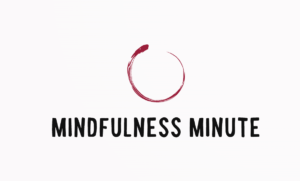In response to rising drug costs, some states are creating Prescription Drug Affordability Boards, or PDABs, that have varying degrees of oversight. PDABs are tasked with determining reasonable drug prices based on things such as: if the price affects a patient’s access to a drug, if there are other drugs proven to do the same thing for a cheaper price, and what the drug manufacturer charges. Additionally, special consideration is to be taken for drugs that treat rare conditions, and input from patient communities is supposed to be included in the decision-making process.
Colorado was one of the first states to create a PDAB back in 2021 and they are currently reviewing 5 drugs, one of which is an orphan drug used by cystic fibrosis patients. Each state decides how they will select the drugs for review. Other states with PDABs are Maine, Maryland, Minnesota, New Hampshire, Oregon, and Washington. States that introduced PDAB legislation in 2023 are Connecticut, Michigan, New Jersey, New Mexico, Rhode Island, Vermont, and Virginia.
As a patient advocacy and education organization, we want to ensure that our MPN community is informed about PDABs and how they could impact your access to MPN drugs. We also want to make certain that the MPN patient voice is central to any board if an MPN drug comes up for review. Most importantly, we want to make sure that every MPN patient benefiting from an MPN drug has access to it.
We want to hear from you! Are you in a state with a Prescription Drug Affordability Board? If so, do you know how your board chooses which drugs will be reviewed or which drugs are currently up for review? Let us know by contacting Ann Brazeau at abrazeau@mpnadvocacy.com.
Stay tuned as we learn more about PDABs and make plans to ensure the MPN voices are heard!


